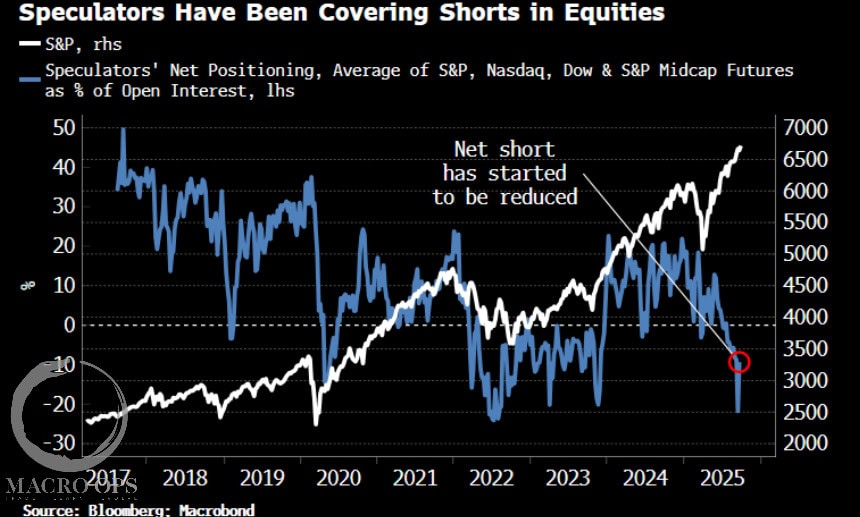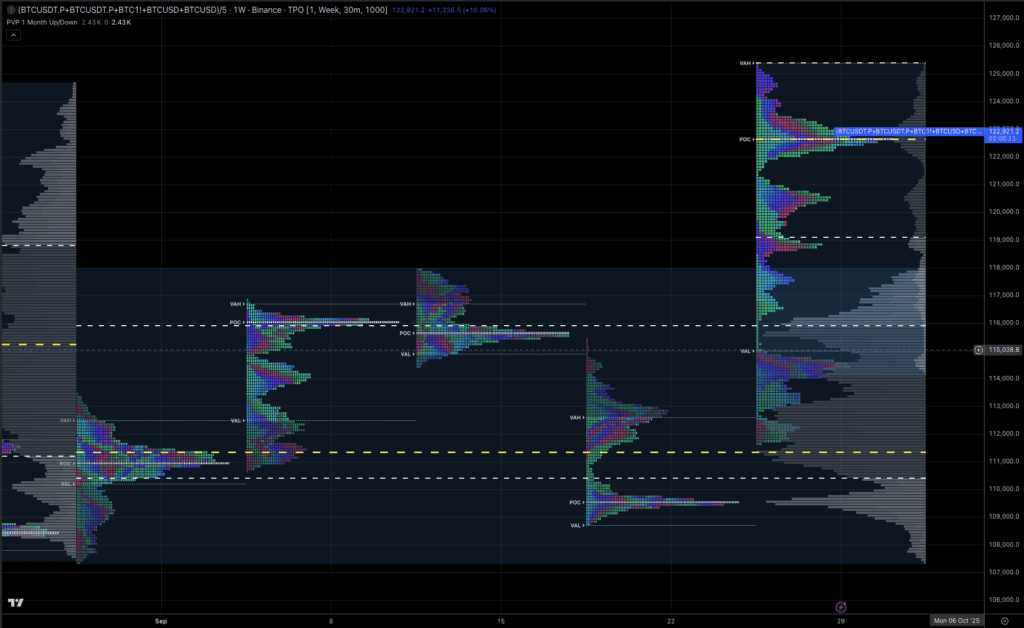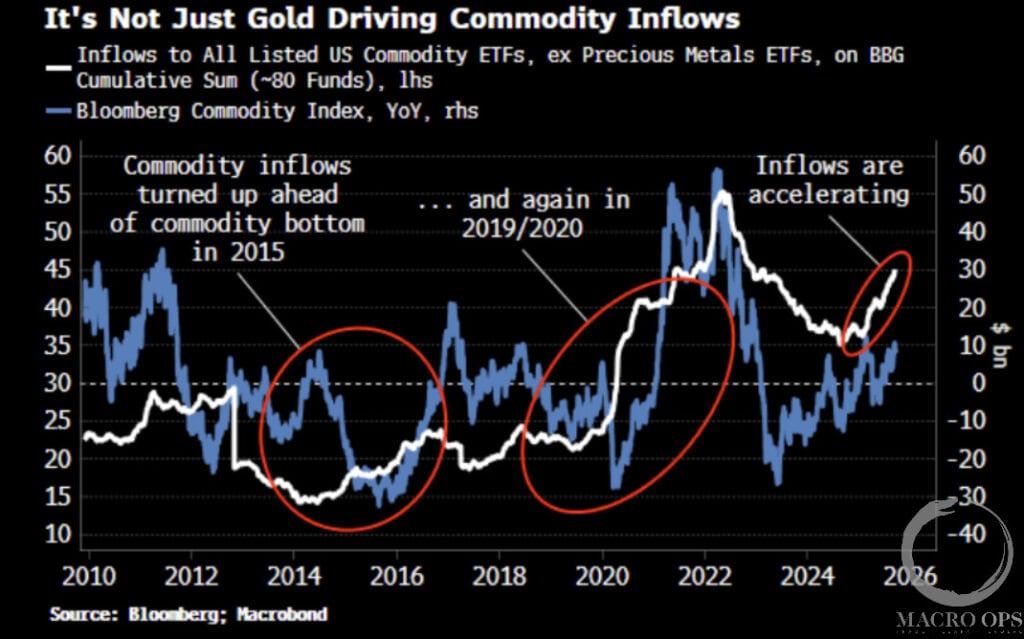Competition Demystified is among my favorite investing books. Its supply-side analysis framework starkly contrasts today’s analysts obsessed with “growth” and forecasting demand to the nearest decimal.
Towards the end of the book, Greenwald shares an interesting story about the gasoline additives business. He explained how an industry with these characteristics (from the book):
- Commodity product
- Substantial overcapacity
- Demand guaranteed to rapidly decline
- Bad press and bad marks from government agencies and public interest groups
Generated exceptional shareholder returns for those stupid brave enough to invest.
Let’s explore this industry to determine how you can make tons of money in dying industries.
Growth Is Overrated: How To Mint Money in Dying Industries
There were four leading players in the gasoline additives industry during the early 1970s:
- Ethyl
- Dupont
- PPG
- Nalco
These companies produced billions of pounds of chemical products (additives) and made decent profits. That all changed in 1975.
In 1975, the Environmental Protection Agency (EPA) started enforcing its 1970 “Clean Air Act.” The regulation’s goal was to slowly eliminate the need for gasoline additives in cars. In 1975, car manufacturers were required to install catalytic converters to reduce toxic emissions.
But there was a problem. The converters couldn’t operate properly with the current additive-filled gasoline. It was a death sentence for the entire industry. Let’s dive into the book (emphasis added):
“The billion pounds of additives sold in the mid 1970s was reduced to around 200 million pounds ten years later, and to almost nothing by 1996. Part of the drop came as cars sold before 1975 grew old and left the roads; part came from the regulations on grams of lead per gallon.”
Billions of production were reduced to nothing in two decades.
Here’s the most crucial part of this entire saga and why I draw a comparison to today’s oil and gas space (emphasis added):
“Barriers to entry are another story. An insurmountable barrier protected the four firms in the business. The EPA’s regulatory announcement in 1973 posted an unmistakable ‘Do Not Trespass’ sign for any firms contemplating entering the lead-based additive industry.”
Sound familiar yet? Back to the book (emphasis mine):
“By putting the industry on a certain path to extinction, the EPA ensured that the existing firms would have the business to themselves, to profit as best they could during the slow path to disappearance.”
External forces like the EPA set the death date for the industry. But instead of killing it, it gave the existing competitors a chance to milk their industry for every profit dollar possible.
The companies minted money in a dying industry by producing less, competing less, and focusing on maximizing profits over volumes (back to the book, emphasis added):
“Even when barred from using some of the specific tactics the additive makers had employed to curb their own competitive juices, they continued to be masters of the prisoner’s dilemma game … The industry continued its mandated decline and the procured continued to earn money even as they sold less of the additives. In 1981, Ethyl’s additive business accounted for 17% of its sales and 33% of its profits. Since the capital employed had no substantial liquidation value, the return on assets were extraordinary.”
Eventually, the industry shrank to just two competitors, Ethyl and Octel. They generated huge profits until the very end. For example, check out how good Octel’s additives business was a few years before the industry died (emphasis mine):
“Octel remained in the business for one reason: it was highly profitable. In 1994, Octel earned $240M of operating profit on sales of $520M, a margin of almost 47%. All the rest of Great Lakes Chemicals [parent company] earned $162M on revenues of $1,480M, a margin of 11%. Great Lakes used its profits from the lead-based additives to make acquisitions, preparing for the day when the lead business would be entirely gone.”
Ethyl also generated supernormal returns from its dying “no growth” additives business (emphasis added):
“In 1998, after its additive revenues had declined to $117M, Ethyl still made $51M in operating profits, a 44% margin. The rest of the company had operating margins of 11%.”
Here’s why all of that matters. You don’t need growth to make a ton of money in the market. In fact, you can make great returns in dying industries with negative growth outlooks.
All that matters is what the supply side says about the industry. High barriers to entry, lack of competition, and entrenched incumbents provide fertile grounds for annuity-like cash flow streams. All you have to do is wait for a great price.








